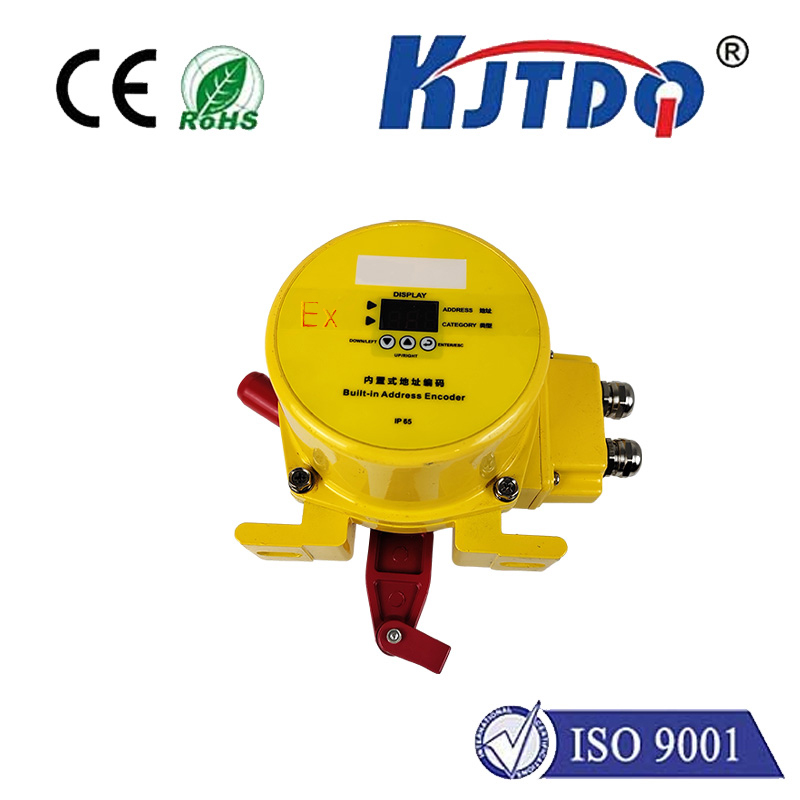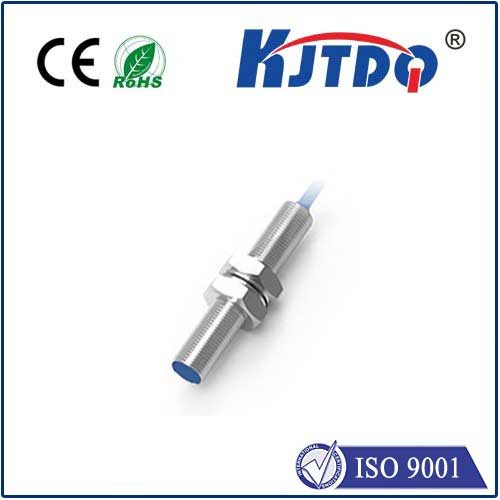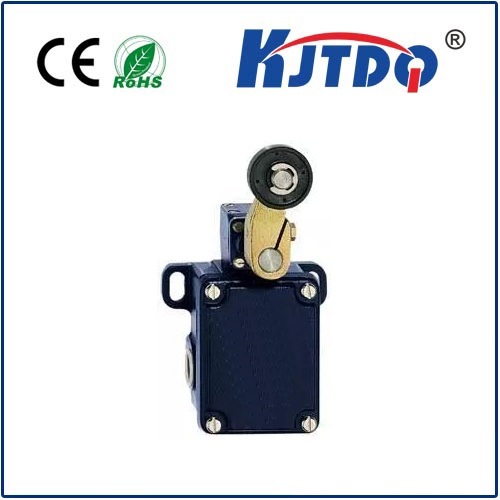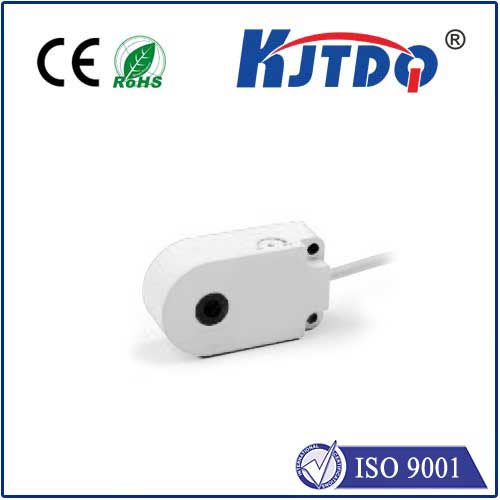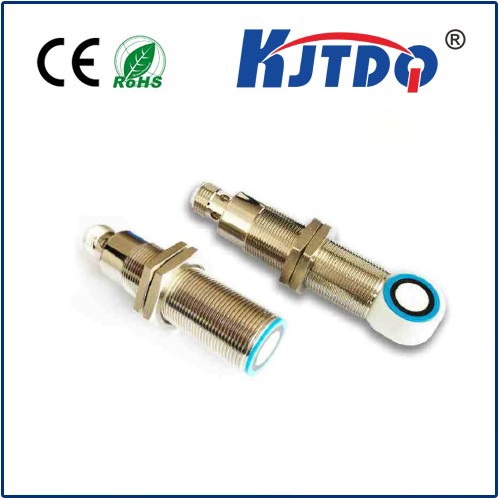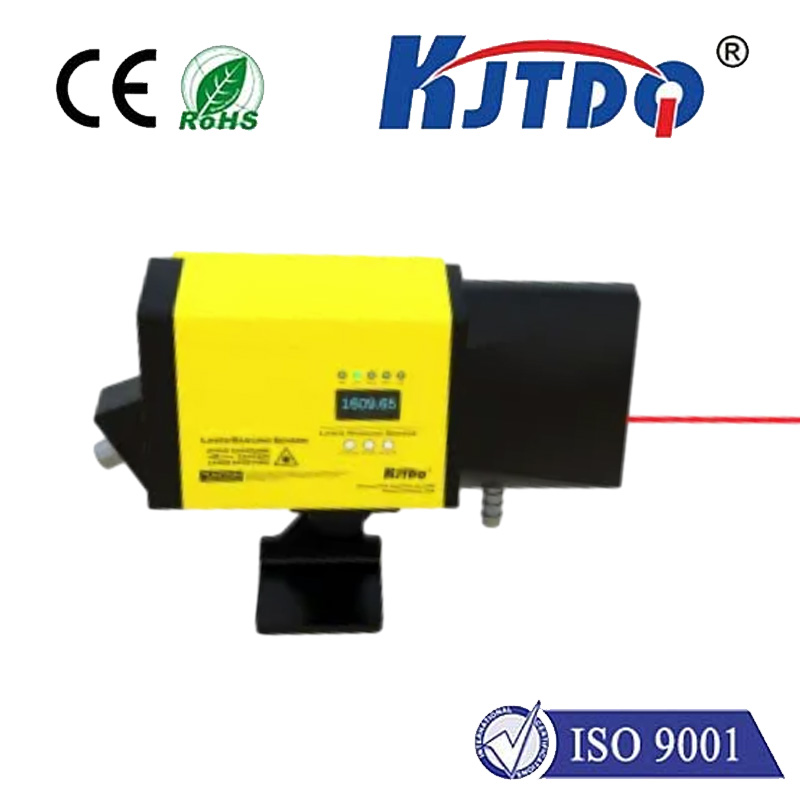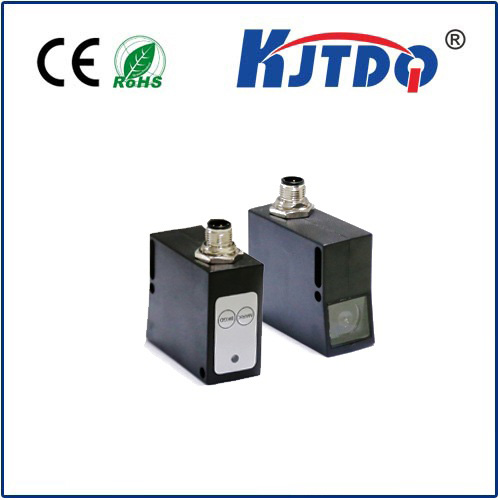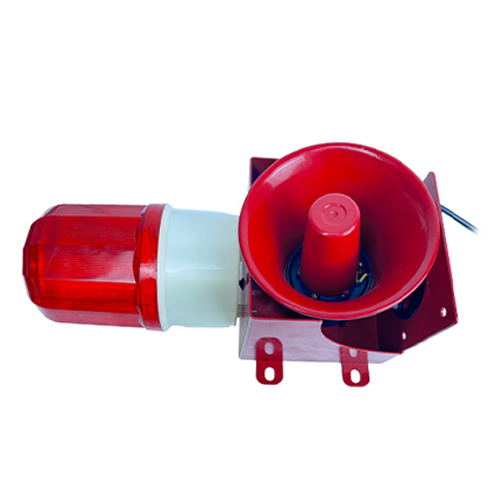automatic photoelectric sensor
- time:2025-09-13 00:53:01
- Click:0
The Automatic Photoelectric Sensor: Powering Smarter, Safer Automation Across Industries
Imagine a high-speed bottling line. Glass containers whiz by, filled, capped, and labeled in a blur. Now, picture what happens if a bottle is missing, tilted, or misplaced at a critical point. Without intervention, chaos ensues – jams, spills, damaged equipment, costly downtime. This is where the automatic photoelectric sensor steps in, silently and reliably preventing disaster. As a cornerstone of modern industrial automation, this ingenious device uses light to detect the presence, absence, position, or even characteristics of objects, enabling machines to “see” and respond intelligently, without any physical contact.
Understanding the Core: Light as the Detector
At its heart, an automatic photoelectric sensor operates on a simple yet powerful principle: it emits a beam of light (commonly infrared, red LED, or laser) and detects changes in the received light. How the emitted light interacts with the target object and how the reflected or transmitted light is detected defines the operating mode and, consequently, its application suitability. The “automatic” aspect refers to its ability to continuously perform this sensing function requiring no manual intervention once installed and configured.
Key Types: Tailoring Light for Detection

Three primary types dominate the landscape, each leveraging light interaction differently:
- Through-Beam Sensors: The most robust and longest-range option. Consisting of a separate transmitter and receiver unit positioned opposite each other. The transmitter emits a continuous beam received by the receiver. An object is detected when it interrupts this beam, causing a clear signal loss. Ideal for: Accurate detection of small objects, long-range sensing (up to 100+ meters), dirty environments where light obscuration is reliable.
- Retroreflective Sensors: Combine transmitter and receiver into a single housing. They emit light towards a specialized reflector (corner-cube or tape), which bounces the beam directly back to the receiver. Detection occurs when an object breaks the beam path between the sensor and the reflector. Advantages: Easier installation than through-beam (only wiring needed at one point), reliable detection, good range. Consideration: Highly reflective objects near the sensor might cause false triggers.
- Diffuse Reflection Sensors: The most common and often most compact type. Transmitter and receiver sit in one housing, aiming at the target. The sensor detects the light diffusely reflected off the target object itself. Detection is based on the intensity of this returned light exceeding a set threshold. Benefits: Simple setup – only needs mounting on one side, works well for detecting objects at close to medium range. Challenges: Performance can be influenced by the object’s color (light/dark), surface texture (matte/shiny), and distance. Background suppression versions mitigate this by focusing detection within a specific range.
Where Automatic Photoelectric Sensors Shine: Ubiquitous Applications
The versatility of photoelectric sensing makes it indispensable across countless sectors:
- Manufacturing & Assembly Lines: Object detection for part presence/absence verification, counting products, jam detection in conveyors, monitoring fill levels in containers, detecting labels or caps, controlling robotic arms based on part position. Crucial for maintaining throughput and quality.
- Packaging: Ensuring cartons are correctly formed and sealed, detecting missing items in boxes, verifying case presence before palletizing, controlling film cutting in wrapping machines. Essential for precision packaging.
- Material Handling & Logistics: Monitoring conveyor belts, detecting parcels in sortation systems, verifying pallet heights, controlling door opening/closing (e.g., elevator doors, automated gates), warehouse vehicle guidance (AGVs/AMRs). The backbone of efficient movement.
- Food and Beverage: Bottle/can detection on filling lines, checking fill levels in transparent containers, detecting labels or lids, ensuring packaging integrity. Vital for hygiene, speed, and compliance.
- Automotive: Monitoring component presence on assembly robots, verifying door/window closure in assembly and testing, detecting vehicle position on production lines, controlling painting robots. Critical for complex assembly precision.
- Building Automation: People counting for lighting/HVAC control, automatic door operation (safety beams), detecting vehicles at gates or barriers, monitoring parking space occupancy. Enabling smart building functions.
- Printing & Paper: Detecting paper jams, registering marks for color alignment, verifying sheet presence/position, monitoring roll diameter. Ensuring print quality and press uptime.
Why Choose Automatic Photoelectric Sensors? The Compelling Advantages
The widespread adoption of these sensors isn’t accidental; it results from distinct benefits they deliver:
- Non-Contact Detection: The key USP. Objects are detected without physical touch, eliminating wear and tear on the sensor and the object, crucial for delicate items or high-speed applications. This makes them inherently low-maintenance.
- Long Detection Range: Especially through-beam types can detect objects reliably over distances unachievable by contact-based sensors (like limit switches) or even other proximity sensors.
- High Speed: Photoelectric sensors respond incredibly quickly to changes in the light beam. This makes them perfect for high-speed production lines where objects move rapidly past detection points.
- Versatility: With various operating modes (through-beam, retro-reflective, diffuse) and models featuring laser or focused beams, background suppression, color sensors, and fiber optic options, there’s a photoelectric solution for an enormous range of target materials (metal, plastic, wood, glass, liquid), sizes, and challenging environments.
- Reliability: Modern photoelectric sensors are built to withstand industrial environments – offering resistance to dirt, dust, vibration, moisture (IP ratings), and even certain chemicals. They provide consistent performance under demanding conditions.
- Cost-Effectiveness: When factoring in longevity, minimal maintenance, and the prevention of costly downtime or product waste, automatic photoelectric sensors offer an outstanding return on investment.
The Unsung Heroes of Automation
From the intricate dance of a robotic assembly arm placing a tiny chip onto a circuit board to the smooth glide of supermarket doors opening as you approach, automatic photoelectric sensors are silently at work. They are the reliable eyes of the automated world, providing the essential data points that enable machines to make intelligent decisions, enhance efficiency, ensure safety, and drive productivity. Their adaptability, speed, and non-contact nature ensure they will remain fundamental components in the evolution of smarter factories, warehouses, buildings, and beyond, transforming the invisible into reliable, actionable intelligence.






